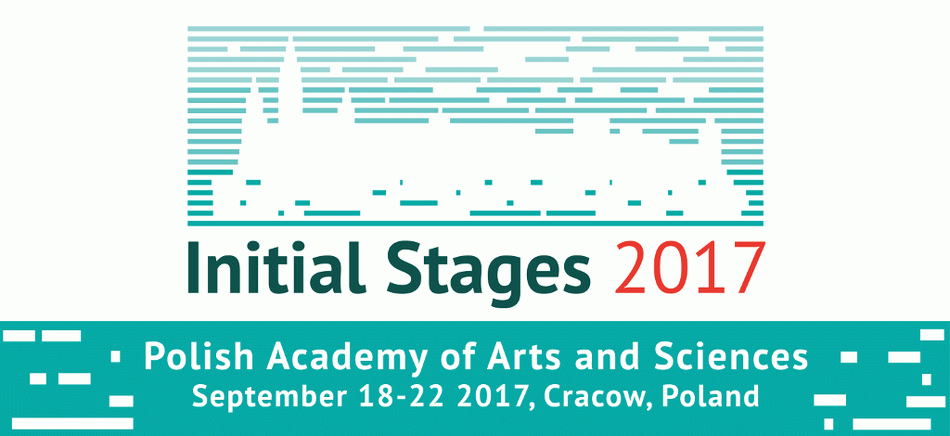Speaker
Description
Beams of relativistic heavy ions are accompanied by a large flux of equivalent photons, and photon-induced reactions are the dominant interaction mechanism in heavy-ion collisions when the colliding nuclei have transverse separation larger that the nuclear diameter. In these ultra-peripheral collisions (UPC) the photon can provide a clean probe of the partonic structure of the nucleus analogous with deep inelastic scattering. This talk presents measurements of jet production and electromagnetic processes in UPC in association with Pb+Pb collisions performed with the ATLAS detector. Dijet events are selected using requirements on rapidity gaps and forward neutron production to identify the photo-nuclear processes. The relatively clean environment of these events allows for measurements in a region of x and Q^2 where significant nuclear PDF modifications are expected to be present and not strongly constrained by previous measurements. High-mass dilepton pair continuum rates for Pb+Pb collisions are also presented to test expectations for two-photon interactions. Finally, evidence for the elastic scattering of photons ("light-by-light" scattering) is reported, a previously unobserved process made possible by the high photon flux and low event pileup provided by the LHC. While of intrinsic interest as a heretofore-unobserved standard model process, it has also been proposed as a clean channel for searches for beyond the standard model (BSM) physics.
